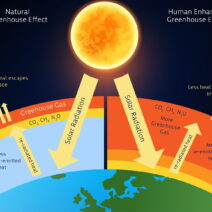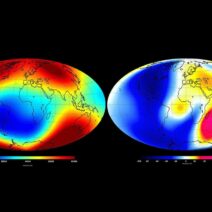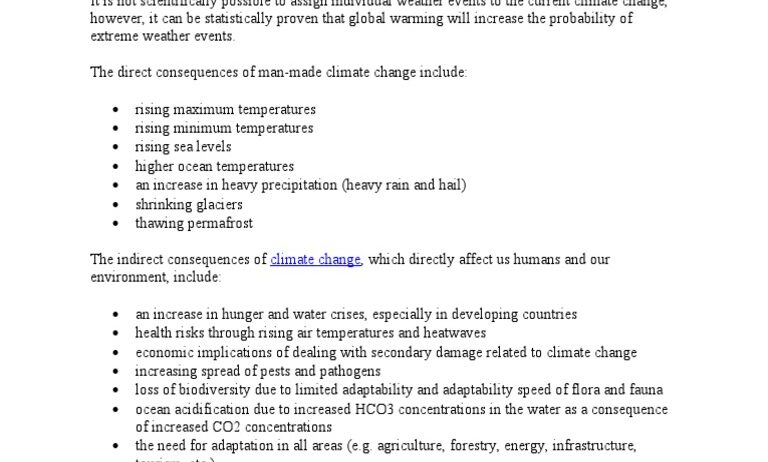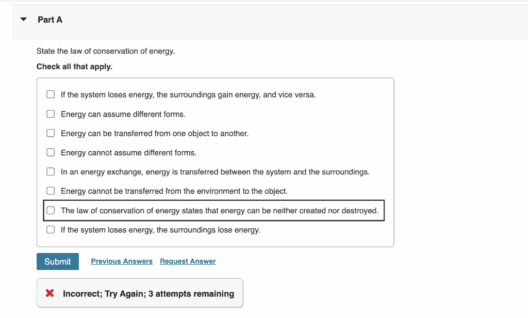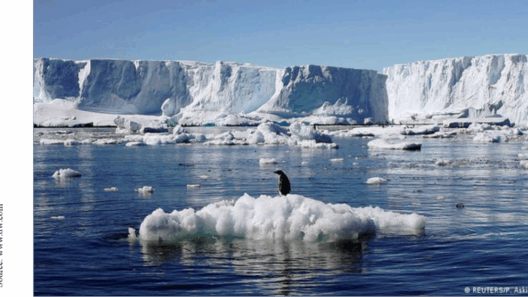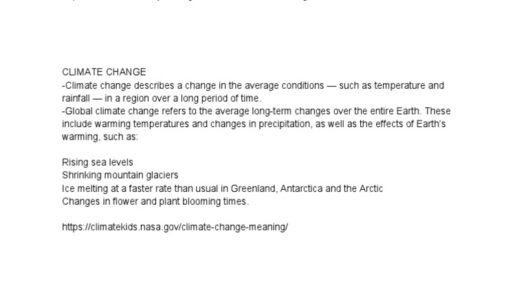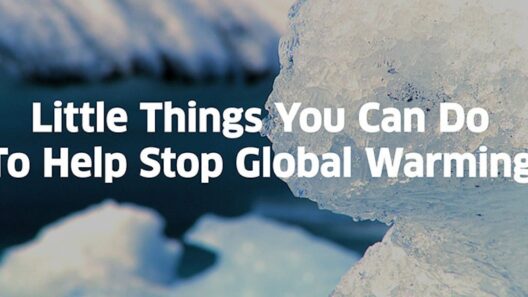The planet is warming, and the consequences of this phenomenon are anything but trivial. What are the global warming effects? This question invites a deeper exploration into the ever-evolving dynamics of our climate system. As we grapple with this urgent issue, it is essential to understand the vast implications that arise due to rising global temperatures. Are we prepared to face the challenges that await us?
Climate change, primarily driven by human activities, exacerbates weather extremes, threatens biodiversity, and destabilizes economies. The following sections delve into the myriad effects of global warming, illustrating its pervasive influence on our environment and society.
Another question arises: Are we ready to adapt to these changes, or will complacency hinder our response to this formidable adversary?
**Increasing Temperatures and Heatwaves**
One of the most conspicuous effects of global warming is the increase in average temperatures across the globe. The past few decades have witnessed unprecedented rises in temperatures, leading to more frequent and intense heatwaves. Regions once temperate have transformed into scorching landscapes, presenting dire implications for both human and ecological health.
In urban areas, the phenomenon of the “urban heat island” effect intensifies these changes. Cities tend to trap heat due to concrete, asphalt, and limited vegetation. Consequences include not just discomfort but also heightened energy demands, straining power grids during peak hours and exacerbating air pollution. Vulnerable populations, particularly the elderly and those with pre-existing health conditions, face increased health risks from heat-related ailments such as heat exhaustion and heatstroke.
**Impacts on Weather Patterns**
Climate change does not only elevate temperatures; it also disrupts weather patterns with grave consequences. The intensification of hurricanes, torrential rains, and droughts can be linked to a warming atmosphere. These extreme weather events threaten lives, damage infrastructure, and challenge food security. For example, hurricanes have become more potent due to warmer ocean surfaces, leading to catastrophic flooding and widespread destruction.
Drought conditions, on the other hand, jeopardize agriculture and water supply. As precipitation patterns become increasingly erratic, certain regions may face prolonged dry spells while others are inundated with excessive rainfall. The resultant instability in food production can result in surging prices and malnutrition for millions, particularly in developing nations.
**Melting Ice Caps and Rising Sea Levels**
The polar regions are often regarded as the Earth’s barometers, and their ongoing changes starkly illustrate the effects of climate change. Melting ice caps and glaciers contribute to rising sea levels, posing a formidable threat to coastal communities worldwide. It is projected that entire island nations could be submerged, displacing populations and spawning a new generation of climate refugees.
Rising sea levels also involve more than just inundation; they lead to saltwater intrusion into freshwater supplies, compromising drinking water sources in coastal regions. This territorial and resource-based challenge presents not only environmental considerations but also geopolitical tensions as nations grapple with vanishing land and dwindling resources.
**Threats to Biodiversity and Ecosystems**
The repercussions of global warming extend far beyond human societies; they penetrate deeply into ecosystems and the rich tapestry of biodiversity that sustains life on Earth. Flora and fauna are forced to adapt to changing climates, often with dire consequences. Many species struggle to keep up with the rapid pace of change, leading to shifts in migration patterns and habitat loss.
Coral reefs, often dubbed the rainforests of the sea, face catastrophic bleaching events due to elevated sea temperatures. The loss of these vital ecosystems compromises marine biodiversity and the livelihoods of communities dependent on fishing and tourism.
Human-induced climate change also exacerbates existing threats to endangered species. As habitats transform at an unprecedented rate, species confined to specific ecosystems face extinction, further diminishing biodiversity. This decline not only represents a loss of natural beauty but also jeopardizes the ecological services that support human life.
**Conclusion: A Call to Action**
Global warming is not a distant threat; it is a pressing reality that demands immediate attention. The effects of climate change permeate every facet of life on Earth, from human health to the stability of ecosystems. As we confront this reality, the question remains: Are we armed with the knowledge and resolve to combat these changes, or will we allow fear and inertia to dictate our course of action?
It is critical to foster collective awareness and spur action to mitigate the impacts of climate change. This involves a commitment to sustainable practices, investment in renewable energy, and advocacy for policies that prioritize environmental health. The future hinges upon our ability to act decisively and collaboratively in the face of an escalating crisis.
